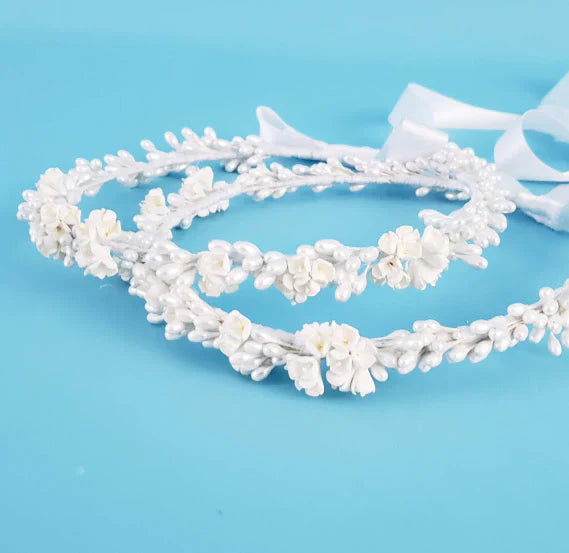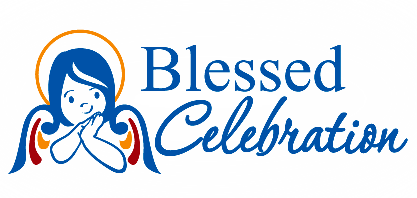
The Significance of Greek Orthodox Wedding Crowns (Stefanothiki) and Their Role in the Ceremony
In Greek Orthodox weddings, the crowning ceremony is one of the most beautiful and spiritually significant moments. The crowns, known as stefanothiki, are not just ornamental pieces but carry deep symbolic meaning that reflects the sacred union between the bride and groom. These stefanothiki are a reminder of the eternal bond that is formed in marriage and the divine blessings bestowed upon the couple.
What Are Stefanothiki?
The stefanothiki are two matching crowns, traditionally joined by a ribbon, signifying the unity of the couple and their connection to one another and God. These crowns are typically made from a variety of materials, including gold, silver, and even flowers. Some couples choose ornate designs featuring pearls, crystals, or intricate metalwork, while others opt for a simpler, more traditional look with natural elements such as olive branches, representing peace and fertility.
The Crown Exchange Ceremony
During the wedding ceremony, the priest blesses the crowns and places them on the heads of the bride and groom. The priest, along with the koumbaros (the couple's wedding sponsor), then switches the crowns between the couple three times, symbolizing the mutual exchange of vows and the shared responsibility in their new life together.
The number three holds great importance in the Greek Orthodox faith, representing the Holy Trinity—the Father, the Son, and the Holy Spirit. The triple exchange of the crowns emphasizes that the marriage is a divine union, blessed and sanctified by God.
The Meaning Behind the Crowns
The stefanothiki represent not only the couple's new life as husband and wife but also their role as king and queen of their new household. They are crowned as rulers of their own domestic church, responsible for guiding their family with wisdom, love, and faith. The ribbon that joins the crowns symbolizes their unity, an unbreakable bond that links them together as they embark on the journey of marriage.
Moreover, the crowns remind the couple of the martyrdom that comes with marriage. In the Christian faith, martyrdom is seen as a path to holiness, and marriage is often viewed in a similar light. Through the daily sacrifices they make for one another, the couple grows spiritually and strengthens their relationship with God.
Stefanothiki Through the Ages
The use of stefanothiki in weddings dates back centuries, with the tradition evolving over time. In ancient Greece, brides and grooms were crowned with wreaths made from laurel or olive branches to signify victory and honor. This practice was later Christianized, with the crowns taking on a deeper, spiritual significance.
Today, many couples choose to keep their stefana as a cherished keepsake, a reminder of their wedding day and the sacred vows they exchanged. In some cases, these crowns are passed down through generations, becoming a family heirloom that connects couples to their ancestors and the rich traditions of their heritage.
Choosing Your Stefanothiki
Selecting the right stefanothiki is a deeply personal decision. Some couples prefer to go with a traditional design, while others choose more modern interpretations. Regardless of the style, the important thing is that the crowns reflect the couple’s taste and the significance of the moment. Whether simple or elaborate, the stefanothiki will forever symbolize the beauty, joy, and spiritual depth of their union.
Incorporating this ancient tradition into a modern Greek Orthodox wedding allows couples to honor their faith, their families, and the timelessness of love. The stefanothiki are not just crowns but a testament to the journey ahead—a journey built on unity, sacrifice, and divine grace.

Leave a comment